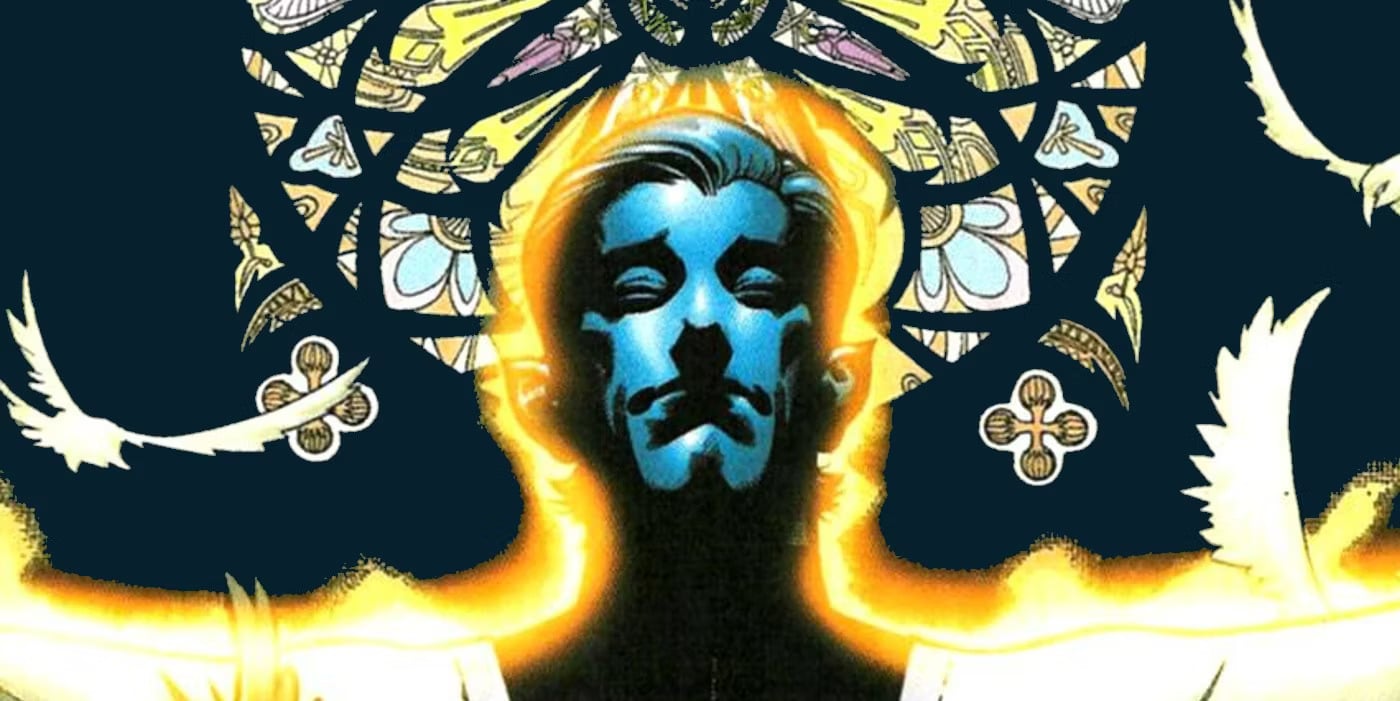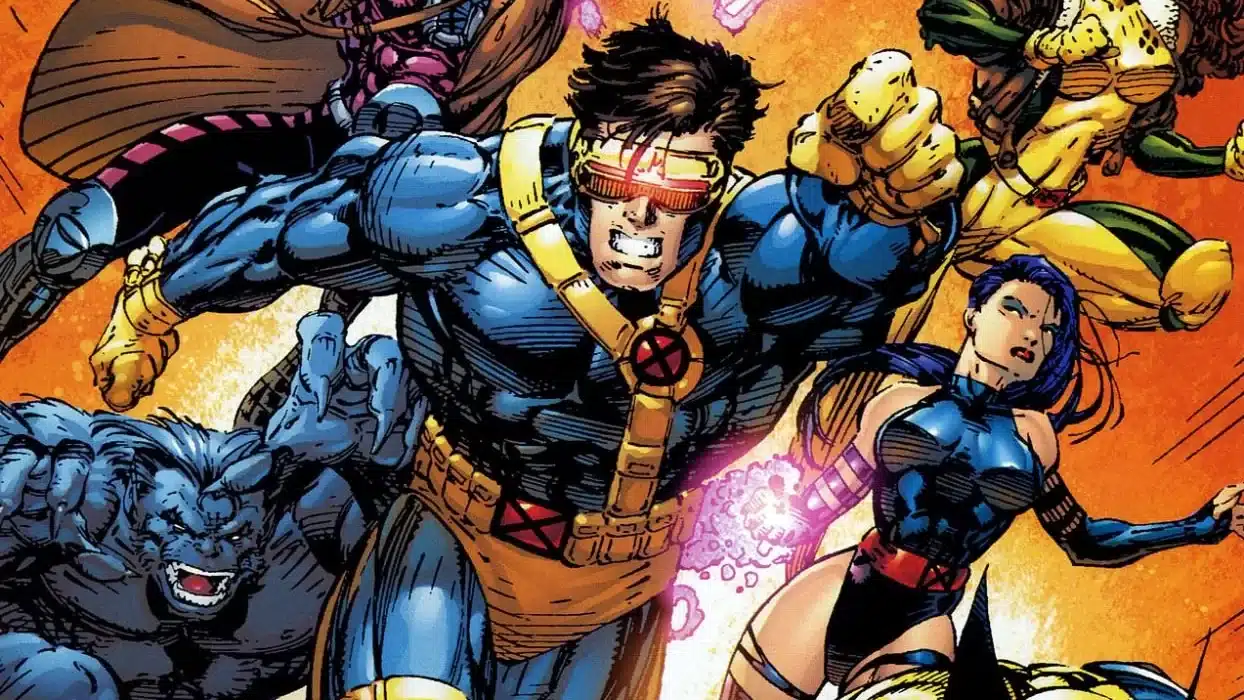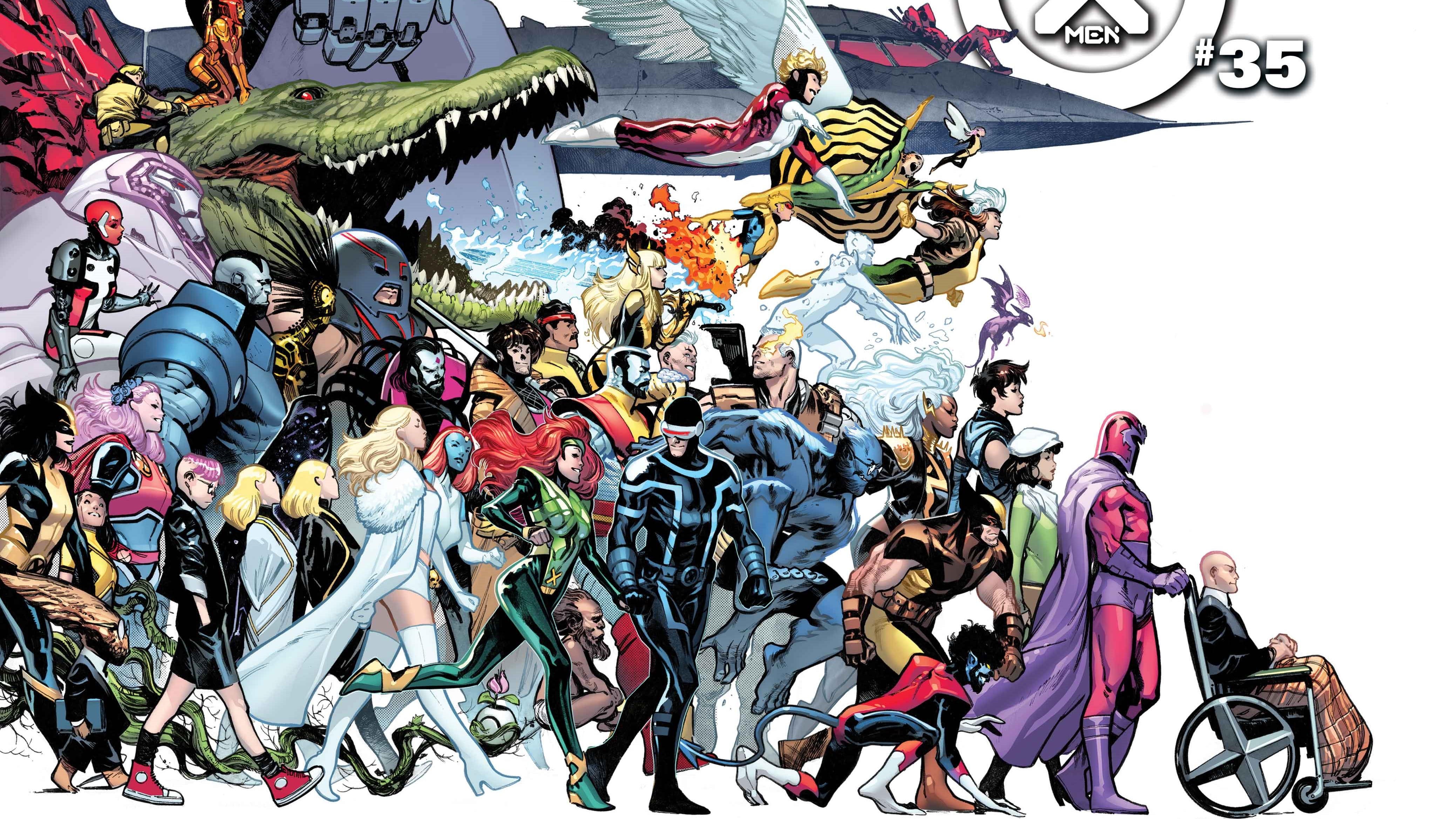BOOM Studios on Tuesday launched a Kickstarter for the graphic novel collections of BRZRKR, an upcoming series about an immortal warrior seeking to end his life, a development project for actor Keanu Reeves, co-written by Matt Kindt, drawn by Ron Garney, colored by Bill Crabtree and lettered by Clem Robbins. By Friday, it had made more than 10 times its goal of $50,000.
According to the KS page, BRZRKR will be released in 12 floppies and collected in three graphic novels. The Kickstarter is expressly for pre-ordering the graphic novels directly from the publisher and having them shipped to you as they are released in September 2021, April 2022 and September 2022.

It begs the question: Why do BOOM Studios — one of comics’ top five publishers by market share — and Keanu Reeves — one of the biggest actors on the planet, responsible for 30-plus years of beloved genre hits from Bill and Ted to John Wick to that one Paula Abdul video — need to go to Kickstarter?
Why does Scott Snyder — the man behind one of the definitive modern Batman runs, the guy behind DC’s Metal crossovers — need to go to Kickstarter for a behind-the-scenes collector’s edition variant of his upcoming Image series Nocterra #1?
For that matter, why does Skybound — Robert “The Walking Dead” Kirkman’s Image Comics imprint — need to go to Kickstarter to publish print collections of Michelle Czajkowski Fus’ YA fantasy/sci-fi webcomic Ava’s Demon?
Is this the future for non-Big Two publishers?
“Many companies use Kickstarter to fund their projects. We are not doing this,” BOOM CEO Ross Richie said in a news release announcing the BRZRKR KS.
OK, so what are you doing?

“We are working with Kickstarter as a distribution platform to expand our reach,” Richie continued. “It’s our dream here at BOOM! Studios to introduce new readers to the medium of comic books and graphic novels. By combining the reach of Kickstarter with the interest in Keanu Reeves and the action-packed epic that is BRZRKR, we’re excited to introduce so many folks to their very first comic book.”
Not sure I totally get it, but OK. How about you, Scott?
“2020 has put a lot of things into perspective, for comics fans, pros, and businesses – and for me,” Snyder said in his initial press release. “With everything going on right now, I wanted to return to creator-owned work in an even more dedicated way. … But with conventions shut down for the foreseeable future, the creative team and I wanted to find a direct way to build meaningful relationships with our fans before issue one drops to give them a unique experience. We decided to create a behind-the-scenes collector’s edition of the first issue that provides a different reading process, looks at how a comic like this gets made, and highlights Tony’s phenomenal linework.”
That sounds pretty cool, actually. Dedicated Snyder fans and comics process nerds in general will no doubt dig that. Makes a lot of sense.
Kickstarter has been one of comics’ emerging markets for the past couple years. According to ICv2, comics projects on the platform raised more than $16 million in 2019, up 6% from 2018, and the number of projects backed increased 10% to nearly 1,600.
Still, with all these big names and publishers moving into the crowdfunding space, what does that mean for the creators who have been operating on the platform for much longer, for whom Kickstarter has afforded them a visibility they may not otherwise have had?

“The biggest concern is, if this method proves successful (and let’s face it, it already has), what’s to stop other companies from doing it?” Joe Glass, a U.K.-based writer who has used Kickstarter to fund comics like the LGBTQ superhero book The Pride, asked Xavier Files. “Perhaps we’ll wind up seeing DC Black Label graphic novels funded via KS instead of by WB. BOOM may start putting more of their projects on there, even if they have the backing of multimillionaires or already have TV or film attention. And this will certainly be a money maker for Kickstarter, which I imagine they sorely need right now, so what is to stop them from leaning into it? We could wind up with a platform that is suddenly filled with campaigns from BOOM, Marvel, DC and more, and then the new creators, the marginalised creators, the self-published, small press and independent creators for whom KS has been a godsend will suddenly find themselves competing with major publishing companies who have resources behind them that an indie creator with no publisher backing (or even ‘semi’ publisher backing like Scout or Image titles) couldn’t even dream of.”
At the other end of the virtual equation are the backers. I asked my WMQ&A co-host, Matthew Lazorwitz, who recently bragged on the show about having backed more than 300 comic Kickstarters, what he made of a world in which the platform was increasingly populated with projects from bigger names. He pointed out to me that the first KS he ever backed, in 2014, was from writer Greg Rucka, by that point well established in the comics game. So it’s never been out of place for even the biggest creators to go that route, and it certainly hasn’t stopped him from backing projects large and small, though certainly Matt is an exception and not everyone is on the same one-person mission to keep the industry afloat.
In these risk-averse times for the comic industry, BOOM and Skybound’s move toward crowdfunding — toward treating every potential reader like an investor — seems to be of a piece with the shift that’s been happening this year — most noticeably at DC — toward a digital-first, print-on-demand, bookstore-friendly comics market. You want this graphic novel by Keanu Reeves? It used to be you’d be asked to pre-order it from your local comic shop using a Diamond code you’d have to write on your hand or something. Maybe in a general sense, there’s no difference between that and backing the book on Kickstarter. Either way, you’ll get it eventually. It’s just that one way indirectly contributes to the death of your local comic shop.

That said, KS is not the end-all, be-all. As Gamal Hennessy, author of The Business of Independent Comic Book Publishing, pointed out in a recent Xavier Files interview, there are still plenty of other ways to get your work out there.
“I don’t know if running a Kickstarter is a necessity,” Hennessy said. “Creators can go into digital distribution (and hopefully go back into convention distribution soon) or take advantage of POD to reduce printing costs. They can also find other sources of investment to get their story to their readers. Crowdfunding is a growing avenue for comics, even major publishers are using it as a marketing and distribution tool, but not every comic book project can, or should, have a Kickstarter.”
So will you see Marvel use Kickstarter to fund Spider-Man comics any time soon? Likely, no. But will BOOM go back to the well for a high-concept fantasy graphic novel series co-created by … I don’t know, let’s say … Geena Davis? Signs point to yes.
Dan Grote is the editor-in-chief of ComicsXF, having won the site by ritual combat. By day, he’s a newspaper editor, and by night, he’s … also an editor. He co-hosts WMQ&A: The ComicsXF Interview Podcast with Matt Lazorwitz. He lives in New Jersey with his wife, two kids and two miniature dachshunds, and his third, fictional son, Peter Winston Wisdom.






